One of the things that drives me crazy to the point of wanting to sell it all and getting a digital camera is… color.
Getting back the results from the labs is always a moment of anxiety and many, many times (not to say most of the times) a true disappointment.
I’ve lost count of the times I got home, sat down, scanned the film and spent hours and hours fixing a bad lab work but sometimes there’s just nothing to do. The shot is ruined forever, like this one.
On this particular situation it’s not just about the color, I’m pretty sure I could save it if it was, but the frame is “thin”, there’s not enough “information” to work with.

Frustration!
Imagine getting back 12 beautiful thin, faint blue(ish)/Green(ish) frames. Pun intended.
Yes I know, I could do it myself but I don’t want that extra work even getting a Jobo. I don’t shoot enough color film to justify the time and the money, however I would love to get a good job done when I must send out film to develop.
Okay… that being said… color film is a wonderful medium to work with. If the shooting and the developing is done properly it’s great to see how different films behave.
Fuji is cold, Kodak is warm.
It’s almost like a mantra. A true mantra.
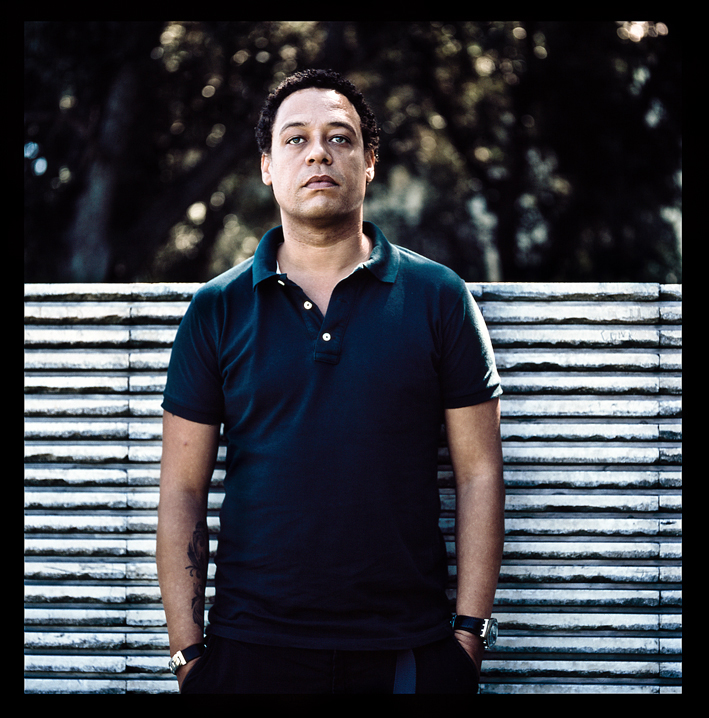


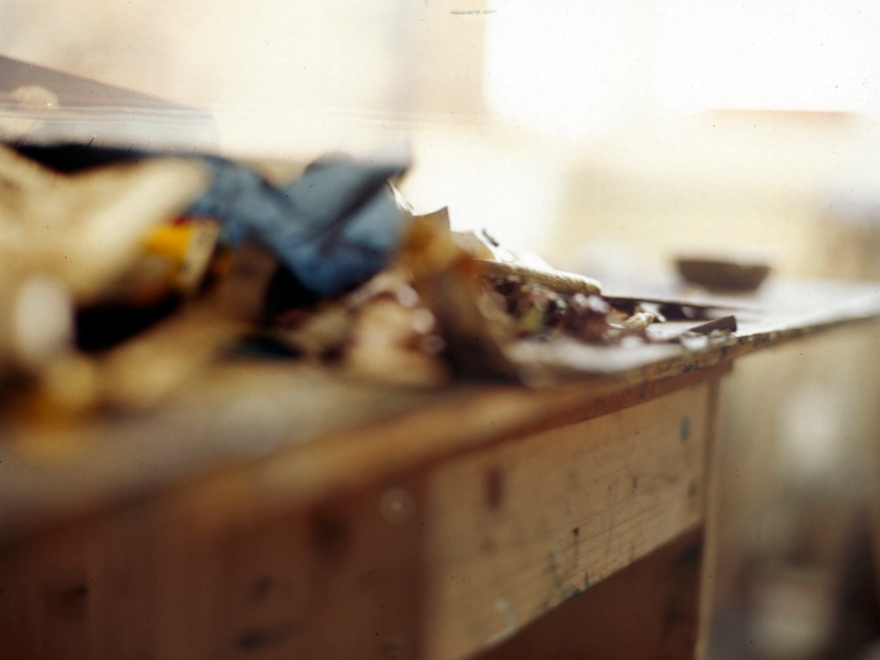
How about an extreme situation?
A dark room, dim artificial light and I only had a roll of Kodak E100G.
The meter was reading 1/30 for f4 and I shot at 1/60.
I didn’t had much faith in the final result so I asked the lab to cross-process it. Who knows, maybe some strange color… thing would happen on the good side.
Here’s the result.
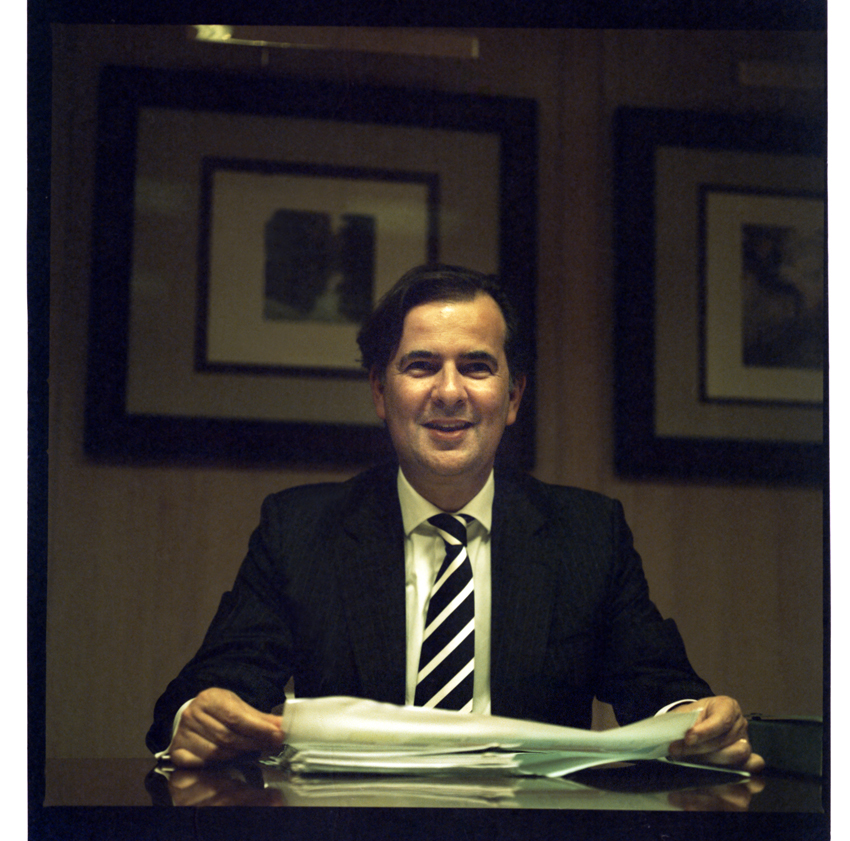
Now look at the same film (also cross processed) under good natural light.
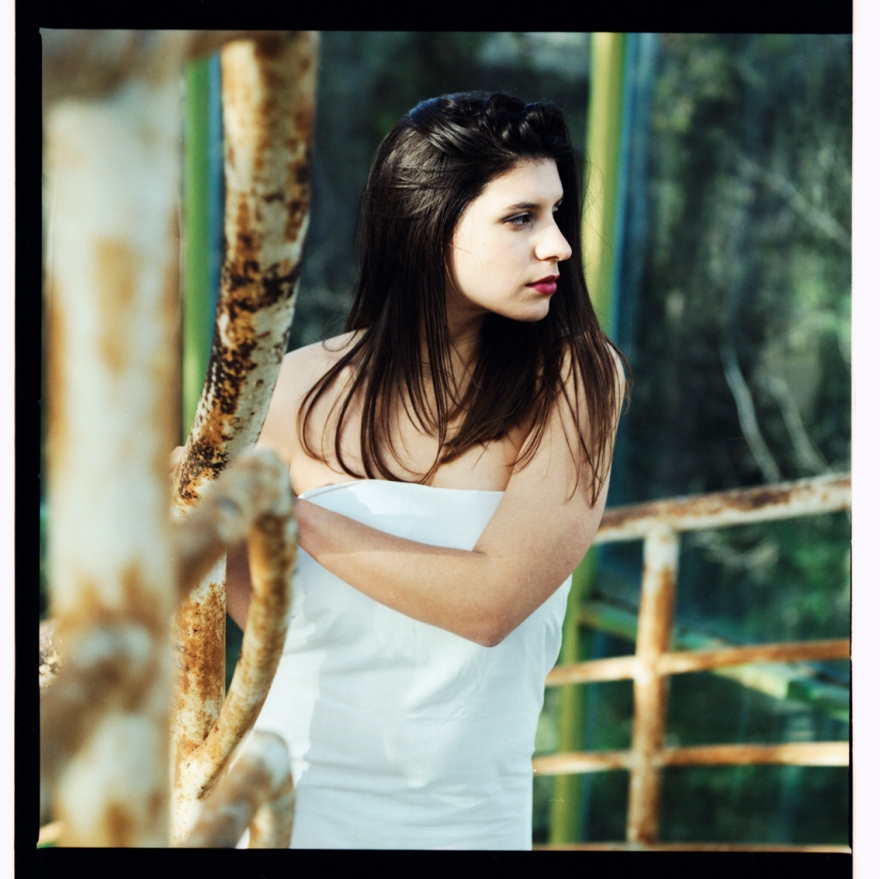
And here is the final sample. The same film, Kodak E100G, standard development, under natural light.
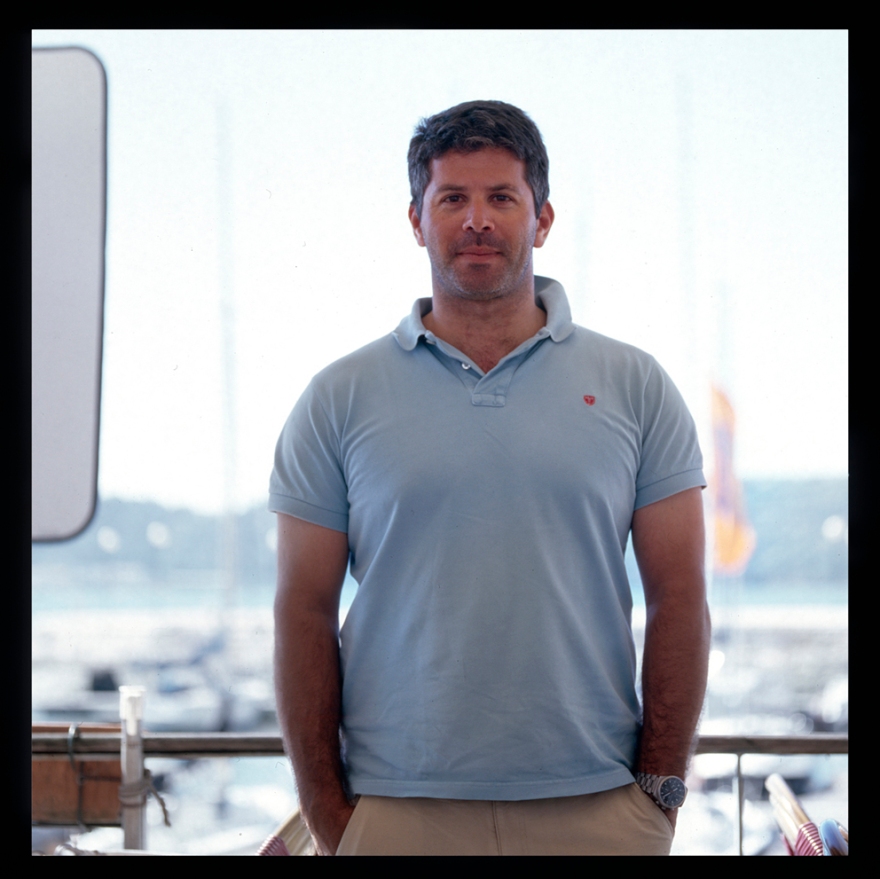
As a final conclusion
1 – Many labs suck.
2 – Color film is great.
3 – Fuji is cold, Kodak is warm.
4 – Cross processing Kodak E100G makes the images colder (the greens stand out) and it adds saturation.
I sympathise with you whenever I sent film to labs to develop I usually ended up wanting to scream in frustration. In no particular order I’ve had tram lines dust spots finger prints all of which has many extra work in processing the final shot.
I gave up in the end as it never made a difference as to who you used pro labs were just as bad as so called amateur.
Non c41 stuff I developed and it was by and large always on the money. It made me reluctant to use any film stock which required that or the e process. How crap is that ?
I feel the same. Sticking to B&W which I can do myself.
I have a friend now, 300 Kms away but he does a great job and I feel more confident using color these days.
i think you think like many that C41 processing is difficult . in fact in many ways it is easier than B&W . standard time for all films . you don’t need a jobo , you can process in ordinary paterson or similar . the only thing more difficult is that temperature of developer must be accurately measured and chemicals once mixed have a limited life – take a look at rollei digibase kits
I was trying to run away from it Chris but you are right.
We do our own B&W at home, right? We know the routine, we know how to measure chemicals…… How hard can it be with a little practice?
I was just looking at the Rollei Kits and I will order one.
In the end what bothers me the most is the fact that I would use color film more often if it wasn’t for all the bad results over the years. You are right and I will give it a go.
Thank you.
It’s been my experience with Fuji Pro 400H is it does have a greenish hue which for landscape is a plus. Kodak Portra is cold to me as it seems to favor more blue. However, Kodak Ektar stands out as it is warm and when pushing a 1/2 stop gives more saturation of golden hues. I have two labs I use for color, one for Kodak and the other for Fuji favoring to drop off late so the negs are batched in the afternoon. I don’t know why it is, but afternoon cooking gives me the best results. Maybe by the afternoon the chems are more settled in. I use a Nikon Coolscan V for 35mm and the Epson V750-M flatbed for 120mm.
Your tips are precious… It makes sense what you said about the afternoon and it’s great that you use two different labs for different films. I admire that you know what you want. 99% of the times I just pray “let it be savable” 🙂
There’s no running away from this, my friend, I must start doing it myself.
Someone pointed out the Rollei Digibase kits and I can buy it in Lisbon… why not giving it a try?
Thank you I will check it out.
Good.
Thank you.
Nice to see your colour work. Love the 7th shot with the out-of-focus white bar leading the eye to the model.
Thank you, it was taken on the 31st of December 2013. We always try to end every year with a little photo session.
The bed sheet as a dress it’s a classic. 🙂
A never ending drama, I hear you. My last batch of 12 rolls of Portra (120 rolls) got completely scr*wed up by a local, ‘professional’ lab. Hundreds of euro’s down the drain and no pictures, basically. But I’m not giving up. I’ve seen a few new labs arising, and one of them I’m going to give a chance, purely based on the results I’ve seen from them. Fingers crossed. Oh yes, it’s Carmencita Foto Lab in Valencia, Spain. Check ’em out.
The name Carmencita Lab keeps coming up through some friends.
I buy film from them and they have some kind of partnership with the Carmencita Lab.
It is worth the try.
About the blueish cast, I may be wrong but would it be worthwhile to test with a UV filter? I never use a UV filter myself. But then I end up sometimes with the same frustration :).
Yes and that is a wise tip. I have several Ektar 100 and I will try some with and without the filter. It could be “cheating” the results.